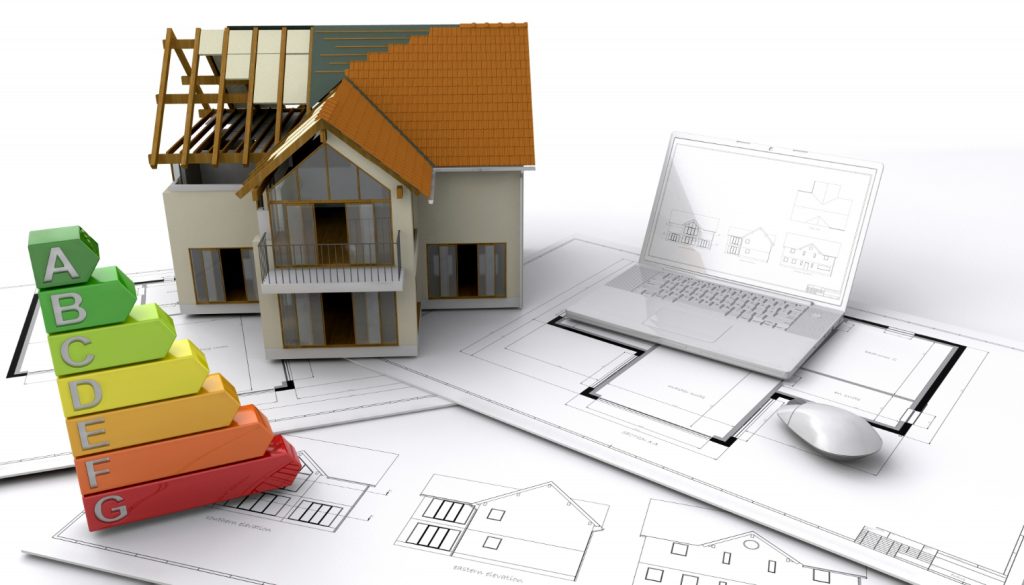3D animation has become a very important aspect of architectural design. 3D animation is best used to complement the physical construction of buildings. It provides an interesting perspective on how the building’s space can be used while also providing insight into limitations with perceived aspects such as ceiling height or space below a building’s ground level.
When it comes to architecture design, animation is a powerful tool to help you convey the essence of your project. This isn’t just any animated video. It takes years of study, calculation, testing, and a tremendous amount of knowledge on how best to explain your vision using a powerful, yet natural animation technique.
Architecture is an art, a science, and a profession. It begins with a set of guidelines, rules, and regulations that need to be followed for the project to be completed successfully. This process, which is referred to as planning, includes the selection of materials, layout, and other features that will eventually affect the architectural design and give it character according to specifications provided by clients.
Importance of 3D animation
The importance of 3D animation in architectural design has been increasing over the last few years. This is due to new ways that clients are looking for information, as well as more creative minds who are creating projects with special visual effects and sophisticated instructions.
Architectural animation is a great way to visualise your design. It allows you to see how the finished product will look and function, and helps you envision the project as a whole.
Architectural animation also makes it easier to make design changes, so it’s not just useful for visualising the finished product but also helps with creative problem-solving.
Architectural animation can also show you how space will work and function in real-life settings, which is particularly valuable if you’re working on an unusual space that isn’t easily accessible or visible from the street, such as an underground parking garage or a commercial building.
Architectural animation can be a powerful marketing tool—it gives potential clients a chance to see what your project will look like up close without having to pay for an expensive site visit or tour.
3D Animation Software
3D animation is becoming the standard in architectural design and engineering. Amazing animations are capable of capturing the attention of people as they look at your website or app. This is because they create a more realistic feel and environment. 3D animations can be done on any site or app, but they will have an amazing impact on your project if you choose to use them.
Currently, animation software like SketchUp and AutoCAD are being used more frequently in architecture. With concrete manifestations of architecture becoming more obvious and complex, working with animations (3D or otherwise) is essential to bringing the possibilities of the design to life. Animation is also useful for communicating a design to clients, who might not be as familiar or well-versed in architectural drafting.
For animation, you might want to try out Maya. Maya is an open-source 3D and 2D animation software with a huge learning curve that includes powerful tools for sculpting, painting, and rigging characters and scenes for use in rendering. Few other programs can compete with the availability of features and functionality found in Maya. The program also has a large community that offers tutorials, forums, and more.
Advantages of using 3D animation in architectural design:
– It saves time;
– It allows designers to create designs on a computer instead of physically constructing them;
– It allows designers to make changes in real-time;
– It allows designers to evaluate their work more easily because they can see exactly what will be produced before any work begins; and
– It allows designers to evaluate their work without having to send samples overseas or wait for production samples back so they can see how their building looks from different angles and under different weather conditions.
By using 3D animation, you can show the audience how a building would look and how it will function. You can also explain the project to interested parties and explain how it was designed and why certain decisions were made.
3D animation is also useful for clients who have been involved in the process of creating a building but don’t want to be part of it anymore. They can revisit their involvement by watching what their project has become and they can see if they would have made any changes during the process.
The Bottom Line
In the world of architecture, 3D computer animation has become a tool to communicate design intent in ways that no other medium can. In this way, it is illustrative and not prescriptive. It shows the client how their building could look, but doesn’t commit them to any one design. As such, 3D animation has become a vital part of the architectural design process. Architecture companies in Dubai demand 3D animation to design, develop, install and manage cutting-edge technologies like 3D animation for the global specialty of architecture.
The ability to stretch our imagination through the use of 3D not only helps us to create better layouts but also instils a sense of awe and wonder in the onlooker. It is now time for 3D animation to be considered as an integral part of the creation of the architecture and not just merely as a design element or visual aid, because it is only when we include all aspects of design into the equation, that we can create something truly beautiful.


